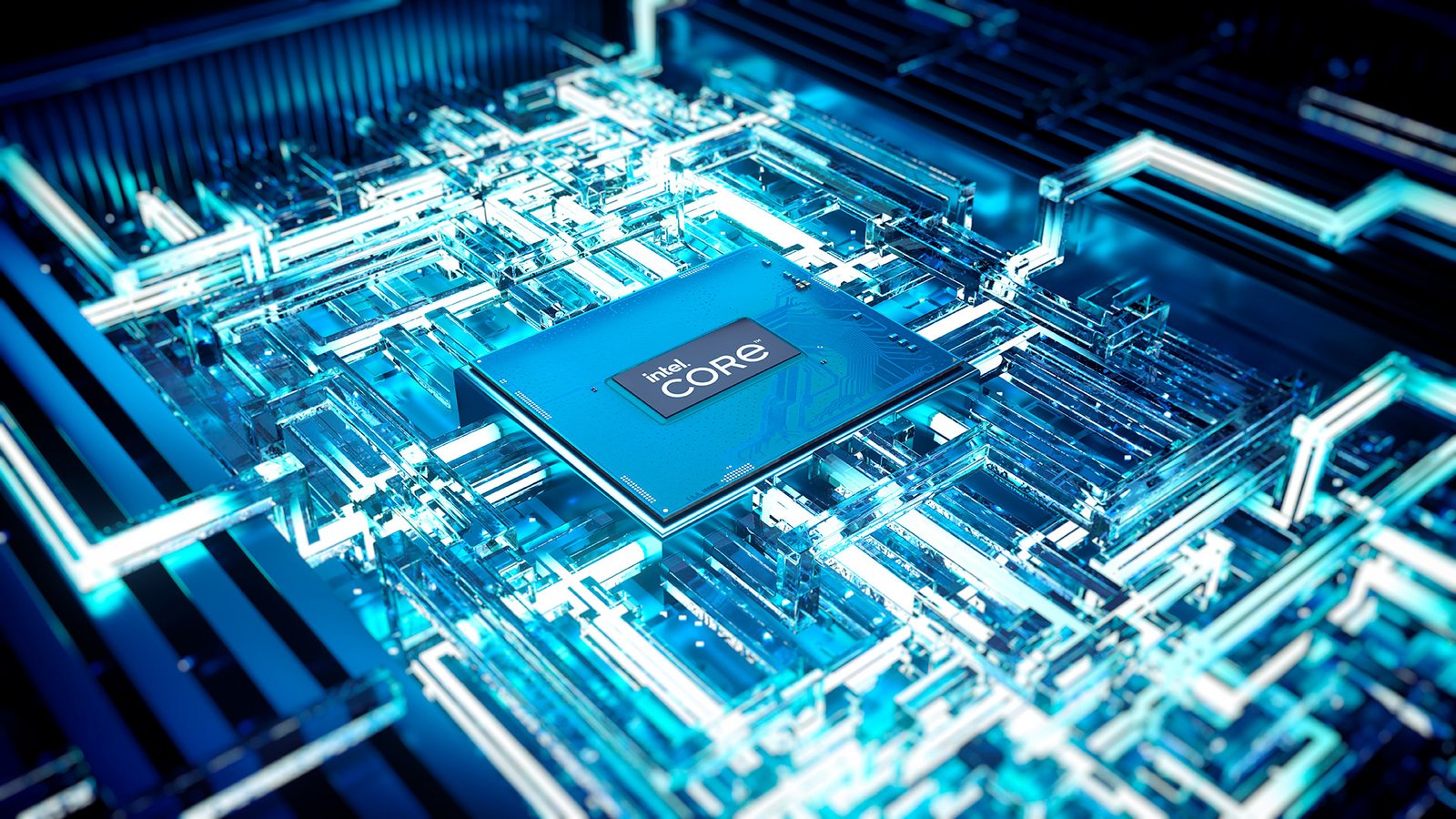In a major move aimed at reclaiming the AI throne, Intel has unveiled its next-generation AI accelerator, the Gaudi3. Showcased alongside its 14th Gen Core Ultra “Meteor Lake” processors and 5th Gen Xeon Scalable CPUs, Gaudi3 promises a dramatic leap in performance for AI workloads, specifically targeting data centers and cloud computing environments.
Key Highlights:
- Intel unveils Gaudi3 AI accelerator, promising significant performance boosts for AI workloads.
- Gaudi3 leverages the power of BF16 instructions, offering up to 4x the performance of current accelerators.
- Scheduled for release in 2024, Gaudi3 targets data centers and cloud computing environments.
- Intel aims to regain AI leadership with Gaudi3, challenging NVIDIA’s dominance in the market.

BF16: The Secret Weapon
At the heart of Gaudi3 lies its support for Brain Floating Point 16 (BF16) instructions. This relatively new data format offers significant advantages over the widely used FP32 format, allowing for higher precision calculations while consuming less memory bandwidth and power. According to Intel, Gaudi3 can deliver up to 4x the performance of current accelerators when utilizing BF16 instructions.
Beyond Performance: Flexibility and Efficiency
Gaudi3 goes beyond raw performance by offering flexible configuration options. The modular design allows for scaling to meet specific workload demands, while its integration with Intel’s oneAPI programming model simplifies development and deployment across diverse hardware platforms. Additionally, Gaudi3 boasts a focus on power efficiency, a critical factor in data center environments.
The AI Landscape: A Battleground Awaits
The AI accelerator market is a fiercely competitive space, with NVIDIA currently holding the dominant position. Intel’s Gaudi3 represents a direct challenge to NVIDIA’s supremacy, offering a compelling alternative with its focus on BF16 performance and flexible architecture. Both companies are locked in an intense battle for market share, and Gaudi3’s success will hinge on its ability to deliver on its promises of performance, efficiency, and developer ease-of-use.
Looking Ahead: Gaudi3’s Impact
While Gaudi3 is not expected to hit the market until 2024, its potential impact on the AI landscape is already generating excitement. If it delivers on its promises, Gaudi3 could significantly accelerate AI development and adoption, enabling faster training of complex models and opening doors to new applications across diverse industries. Ultimately, Gaudi3’s success will be measured by its ability to empower developers and researchers to push the boundaries of AI innovation.
The Future of AI is Now
Intel’s Gaudi3 is a powerful statement of intent, showcasing the company’s commitment to regaining its leadership position in the AI race. With its focus on BF16 performance, flexibility, and efficiency, Gaudi3 has the potential to disrupt the market and accelerate the advancement of AI technologies. While the ultimate winner in this battle remains to be seen, one thing is clear: the future of AI is shaping up to be a thrilling ride.


















